Our Treatments
Visionary Care for a Brighter Tomorrow
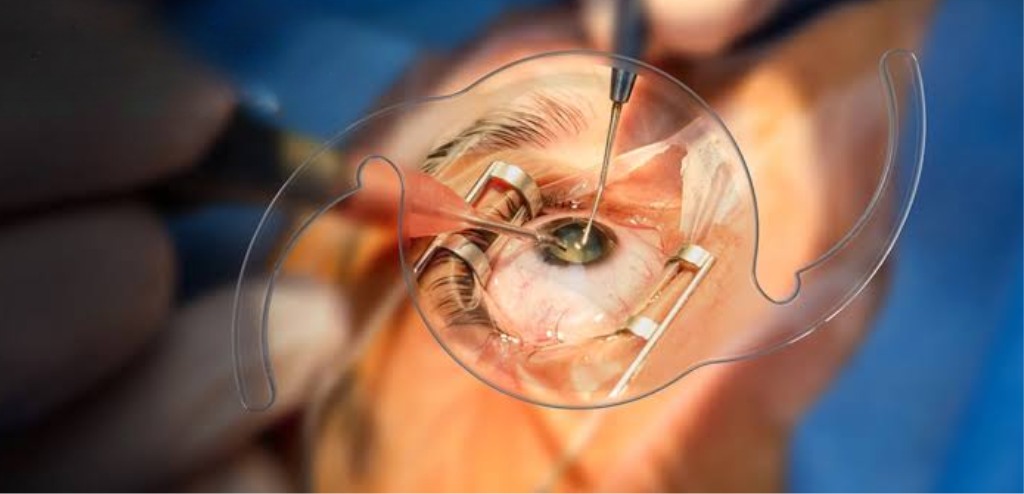
Cataract Surgery
Cataract surgery is a common and safe procedure performed to remove the cloudy lens of the eye, which causes vision impairment, and replace it with a clear artificial lens called an intraocular lens (IOL). This surgery is typically done under local anesthesia and is usually outpatient, allowing patients to return home the same day. The most widely used technique is phacoemulsification, where ultrasonic waves break up the cloudy lens before it is suctioned out. Cataract surgery significantly improves vision, reduces glare, and enhances overall quality of life. With advances in technology, modern cataract surgery is quick, minimally invasive, and has a high success rate.
Book Appointment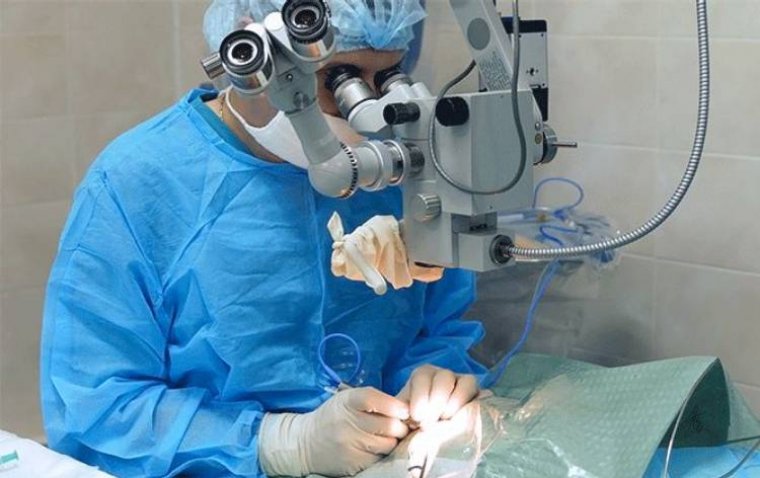
Phacoemulsification or Phaco
Phacoemulsification, known as phaco, is a modern cataract surgery technique that uses ultrasonic vibrations to break up the cloudy lens into tiny fragments, which are then gently suctioned out of the eye through a small incision. This minimally invasive procedure allows for quicker healing, less discomfort, and improved visual outcomes compared to traditional methods. After the cataract is removed, a clear intraocular lens (IOL) is implanted to restore vision. Phacoemulsification is widely preferred due to its precision, safety, and the ability to perform surgery through very small incisions, reducing the risk of complications and enabling faster recovery. It the preferred method for cataract removal worldwide.
Book Appointment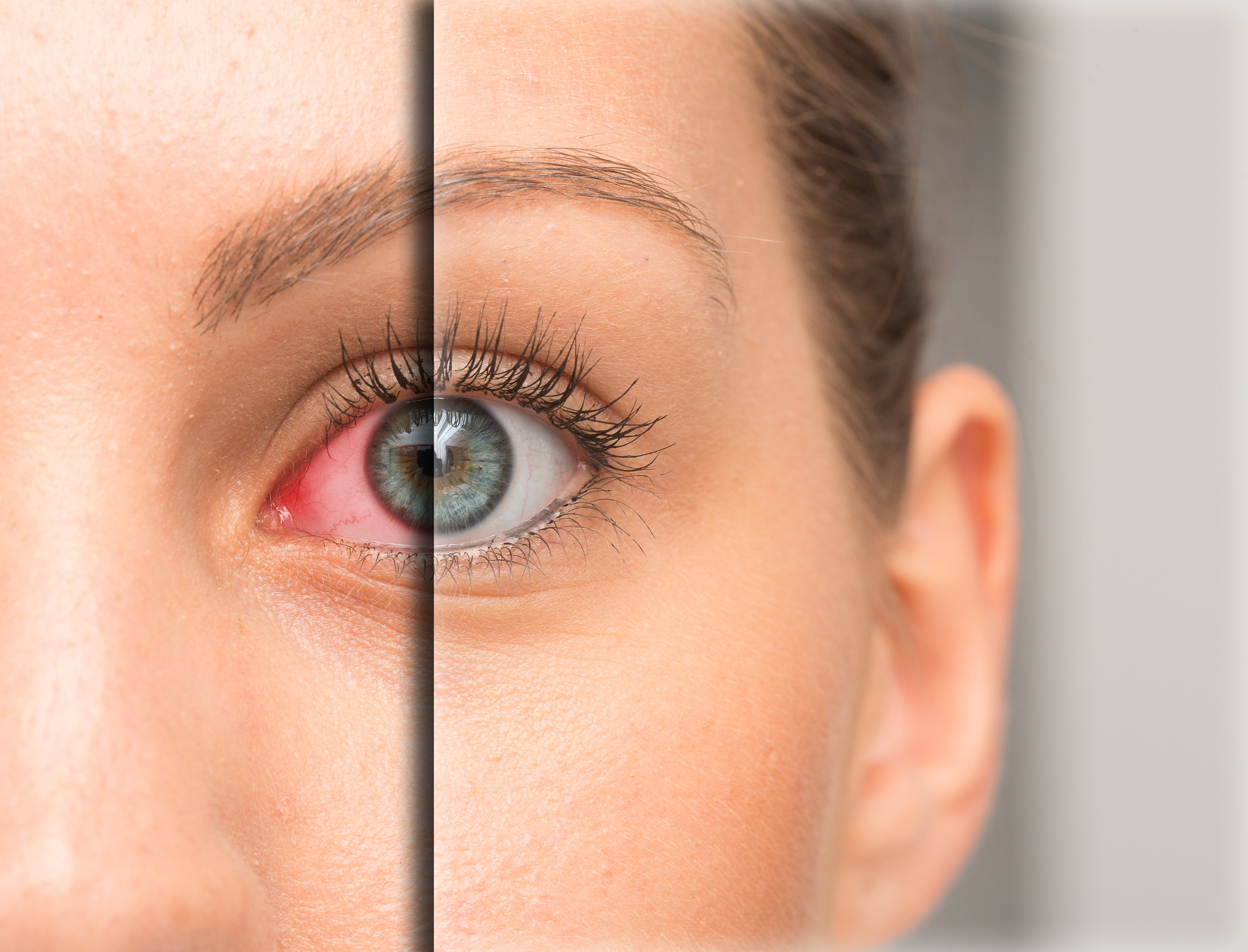
Glaucoma
Glaucoma is a group of eye conditions that damage the optic nerve, often due to increased pressure inside the eye, and can lead to progressive and irreversible vision loss if not treated early. It is called the "silent thief of sight" because it typically causes no symptoms in the early stages and vision loss usually begins with peripheral vision. There are different types of glaucoma, with primary open-angle glaucoma being the most common, while angle-closure glaucoma can cause sudden symptoms and requires urgent treatment. Medications such as eye drops to lower eye pressure, laser therapy, or surgical procedures to improve fluid drainage and prevent further damage.
Book Appointment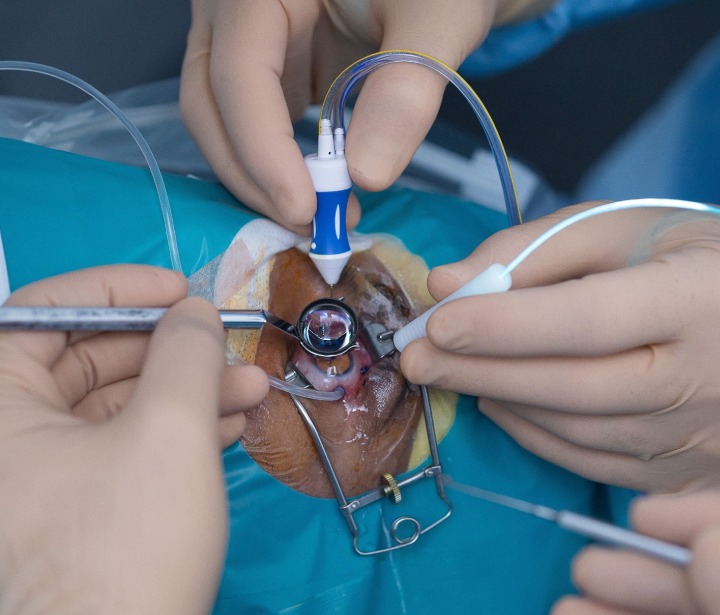
Retina Surgery
We specialize in the diagnosis and treatment of diabetic retinopathy, retinal surgeries, and vitrectomy. Diabetic retinopathy is a serious complication of diabetes that can lead to vision loss if not treated early. We offer advanced diagnostic tools and treatment options including laser therapy and intravitreal injections to manage the disease effectively. Our expertise also includes a wide range of retinal surgeries to treat conditions such as retinal detachment and macular holes. Vitrectomy, a key surgical procedure we perform, is used to treat vitreous hemorrhage, remove scar tissue, or repair detached retinas, helping restore and preserve vision.
Book Appointment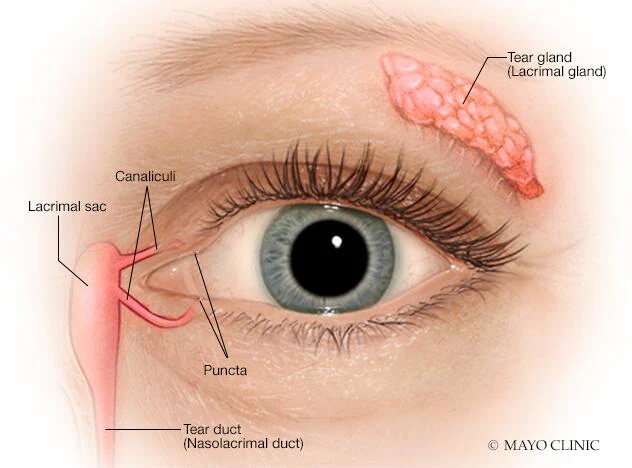
Dry eye syndrome
Dry eye syndrome is a common condition that occurs when the eyes either do not produce enough tears or the tears evaporate too quickly, leading to dryness, irritation, and discomfort. It can result from aging, hormonal changes, medical conditions like Sjögren’s syndrome, certain medications, environmental factors such as wind or dry air, prolonged screen use, contact lens wear, or eye surgeries. Symptoms often include a burning or gritty sensation, redness, blurred vision, and sensitivity to light. Treatment focuses on relieving symptoms and may involve the use of artificial tears, prescription anti-inflammatory eye drops, warm compresses to improve oil gland function, and lifestyle adjustments.
Book Appointment
Squint Surgery
Squint surgery, also known as strabismus surgery, is a procedure performed to correct the misalignment of the eyes, which can cause double vision, poor depth perception, or cosmetic concerns. The surgery involves adjusting the length or position of the eye muscles to realign the eyes so they work together properly. It is typically done under general anesthesia, especially in children, and aims to improve eye coordination and appearance. Depending on the severity of the squint, surgery may be combined with other treatments like glasses or vision therapy. While it usually results in significant improvement, follow-up care is important to monitor eye alignment.
Book Appointment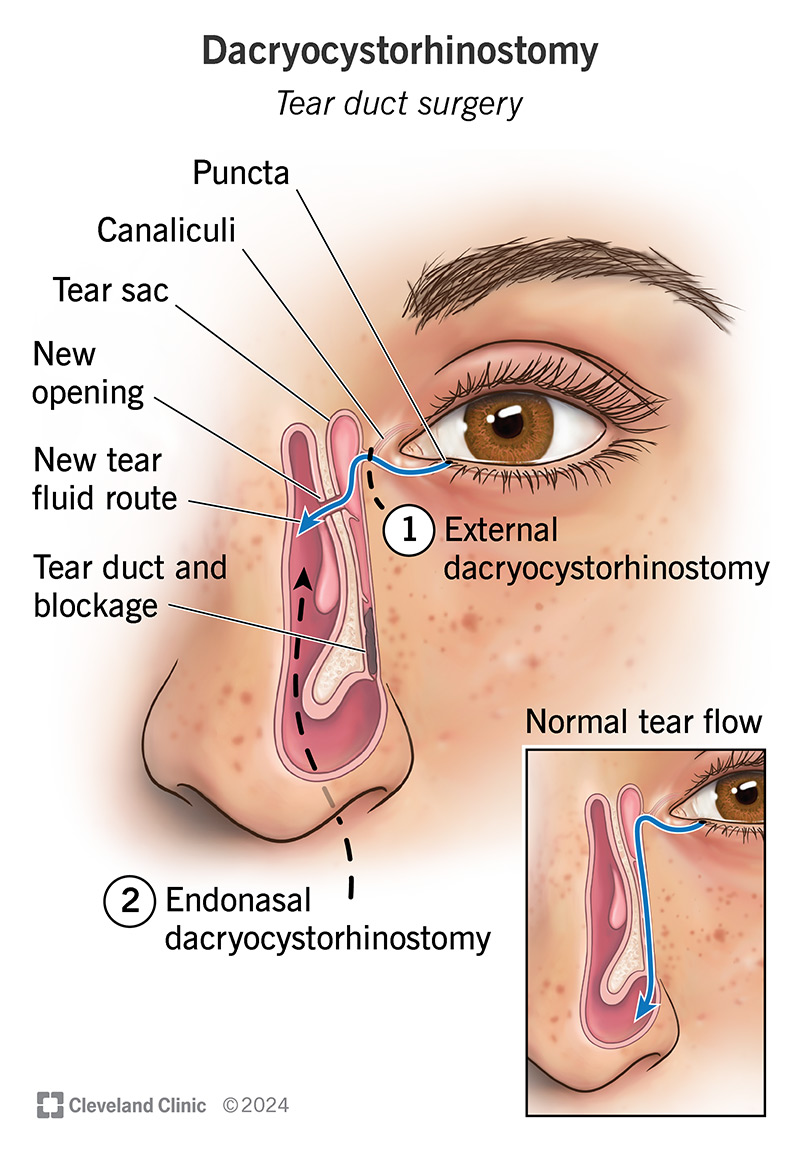
Lacrimal Sac Surgery
Lacrimal sac surgery, which includes procedures like dacryocystorhinostomy (DCR) and dacryocystectomy (DCT), is performed to treat blocked tear drainage systems that cause excessive tearing or infections. In DCR surgery a new passage is created between the lacrimal sac and the nasal cavity to bypass the blocked tear duct, restoring normal tear drainage and relieving symptoms. DCT involves the removal of the lacrimal sac itself and is less commonly performed, usually reserved for chronic infections or tumors. Both surgeries aim to improve eye comfort and prevent recurrent infections, with DCR often done through external or endoscopic approaches depending on the patient’s condition.
Book Appointment
Pterygium Surgery
Pterygium surgery is performed to remove a non-cancerous, triangular-shaped growth of tissue on the conjunctiva that can extend onto the cornea, often caused by prolonged exposure to sunlight, dust, wind, or dry conditions. When a pterygium becomes red, irritated, or begins to affect vision by distorting the cornea, surgical removal is recommended. The effective technique involves excising the growth and covering the area with a conjunctival graft,to reduce the risk of recurrence. The procedure is typically done under local anesthesia and is often quick, safe, and followed by a short recovery period. Proper post-operative care, helps ensure optimal healing and reduces the chances of regrowth.
Book Appointment
Pediatric ophthalmology
Pediatric ophthalmology is a specialized branch of eye care focused on diagnosing and treating eye conditions in infants, children, and adolescents.Common conditions managed by pediatric ophthalmologists include congenital cataracts, strabismus (squint), amblyopia (lazy eye), refractive errors like myopia or hyperopia, and eye infections or injuries. Treatment may involve glasses, eye patches, medications, or surgical procedures, depending on the condition. Pediatric ophthalmologists use child-friendly techniques and equipment to examine young patients effectively and work closely with parents to ensure the best visual and developmental outcomes.
Book AppointmentCashless Insurance
Seamless treatment with cashless insurance facilities from leading providers.
ICU Available
Critical care when it matters most: state-of-the-art ICU facilities for round-the-clock monitoring.
OPD Available
Convenient consultation: fully equipped OPD for comprehensive eye care services.
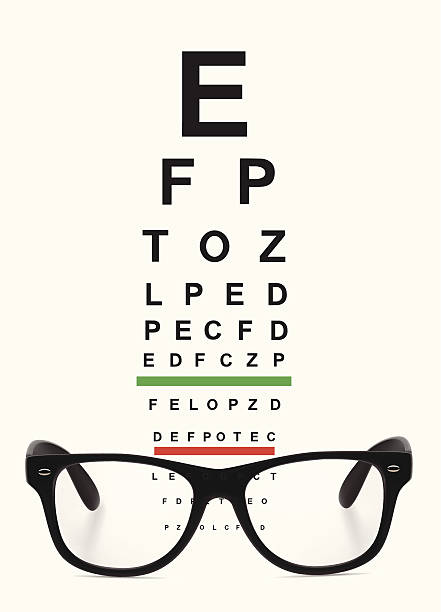
OT Available
Surgical excellence: modern operation theater with latest technology for successful outcomes.
Pharmacy
All your eye care needs under one roof: in-house pharmacy with genuine medicines.
Spex Shop
Frame your style: trendy and affordable eyewear options at our in-house Spex Shop.